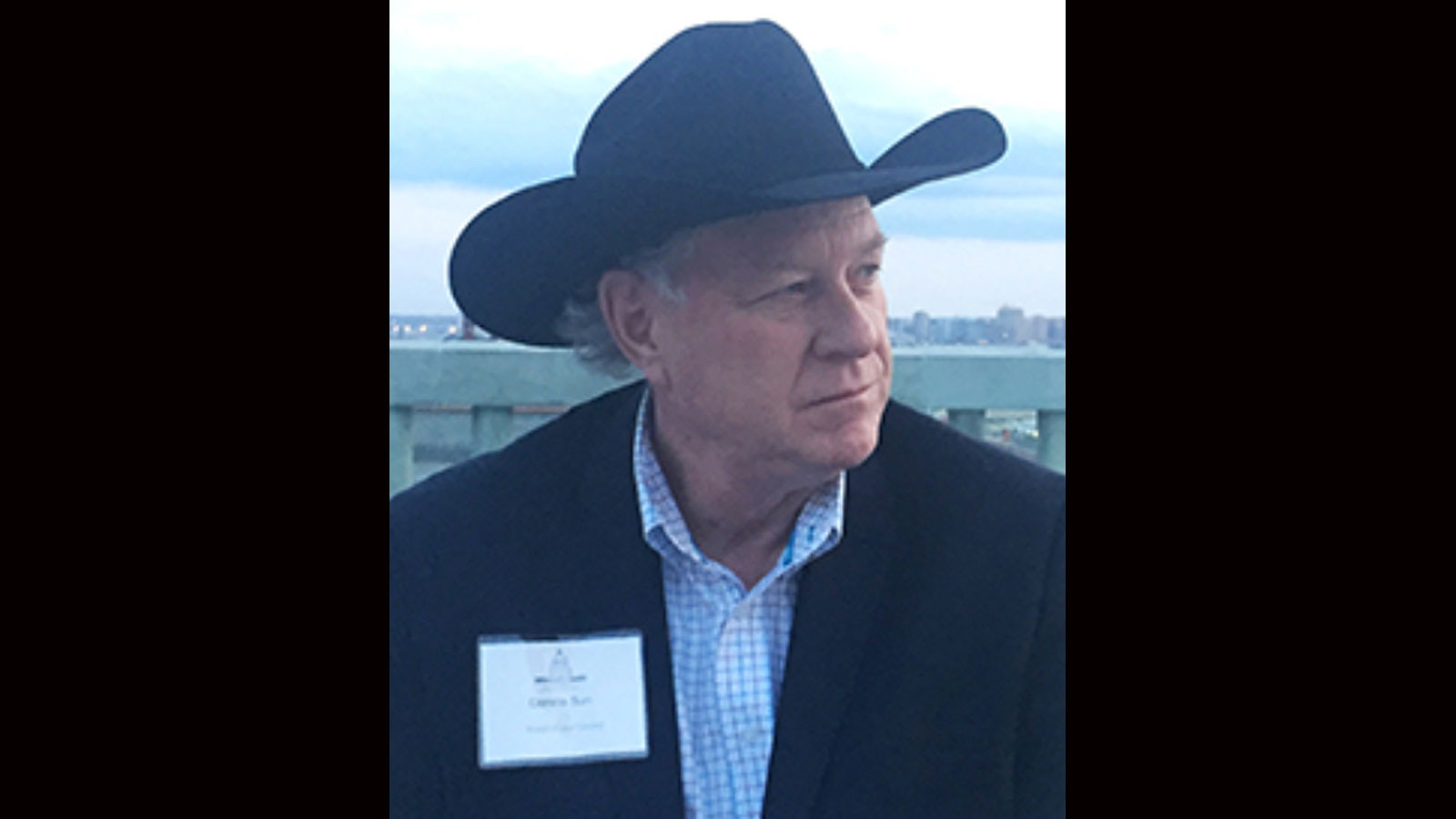By Dennis Sun, Wyoming Livestock Roundup
In agriculture, one of the major tasks in spring is spreading fertilizer on hay or crop fields. This year, with inflation going through the roof and the looming drought, hard decisions are being made daily.
In our area, native hay and alfalfa are big crops with both farmers and ranchers. With over two years of drought, hay and alfalfa reserves are practically nonexistent, or the cost of $250 to $300 a ton makes it out of reach for many to buy. Remember these crops, along with all other crops, are commodities, and the prices asked are based on supply and demand.
Along with other crops, the need to fertilize is important to achieve higher yields, so plants are not so costly to raise and harvest. If not under a constant supply of water this summer, producers would be wasting fertilizer. Producers aren’t going to get much of a crop if the drought continues on through the summer.
As you can guess, I’m not writing this column for those in ag, but to help consumers understand why prices at the grocery store are so high. Please don’t blame the farmers and ranchers for the high prices, most causes are out of their control.
Don’t forget, we’re in a global market. We all realize the costs of the Russian invasion on Ukrainian corn, wheat and barley. The Ukraine farmers have no idea if they are going to be able to raise a crop this summer and if they are able to export the crop.
Ukrainian farmers are big players in the global markets of grain and can make a difference. We also realize Russia will not be able to export their grain crops this summer either. Other countries to watch are India, Brazil, Australia and, of course, China.
Our president was in Iowa recently raising the limit of ethanol in gasoline, which in turn will raise the price of corn, so corn products will cost more at the grocery store and in the feedlots for livestock producers. With the lower number of cattle and hogs, coupled with higher corn prices, the cost of meat will certainly rise.
Farmers in the Corn Belt are planting less corn, because corn needs more fertilizer than other crops. Instead, they are planting more soybeans. It will be interesting to see how the prediction plays out. As with fertilizer prices, other rising costs for farmers and ranchers are mainly caused by inflation.
Inflation, by definition, is the measure of rising prices of goods and services in an economy. It is caused by rising production costs or rapid demand increases. Rising food price increases are justified by both forces of inflation. Higher raw material prices and shortages, increased transportation costs, labor shortages and import delays all increase production costs for farmers and ranchers.
Combined with rising global demand, there are subsequent rises in commodity prices. Forecasters say there is strong fundamental support for higher input prices.
It is like we are in a perfect storm, you may dodge one part, but another part will get you. You can’t control it, but you feel it.
This may be a tough summer for farmers and ranchers, but they have made it through all the other tough years and will do so again. Think of them as you shop for groceries.
The Wyoming Livestock Roundup is a weekly agriculture newspaper available online and in print. To subscribe, visit wylr.net or call 800-967-1647.





